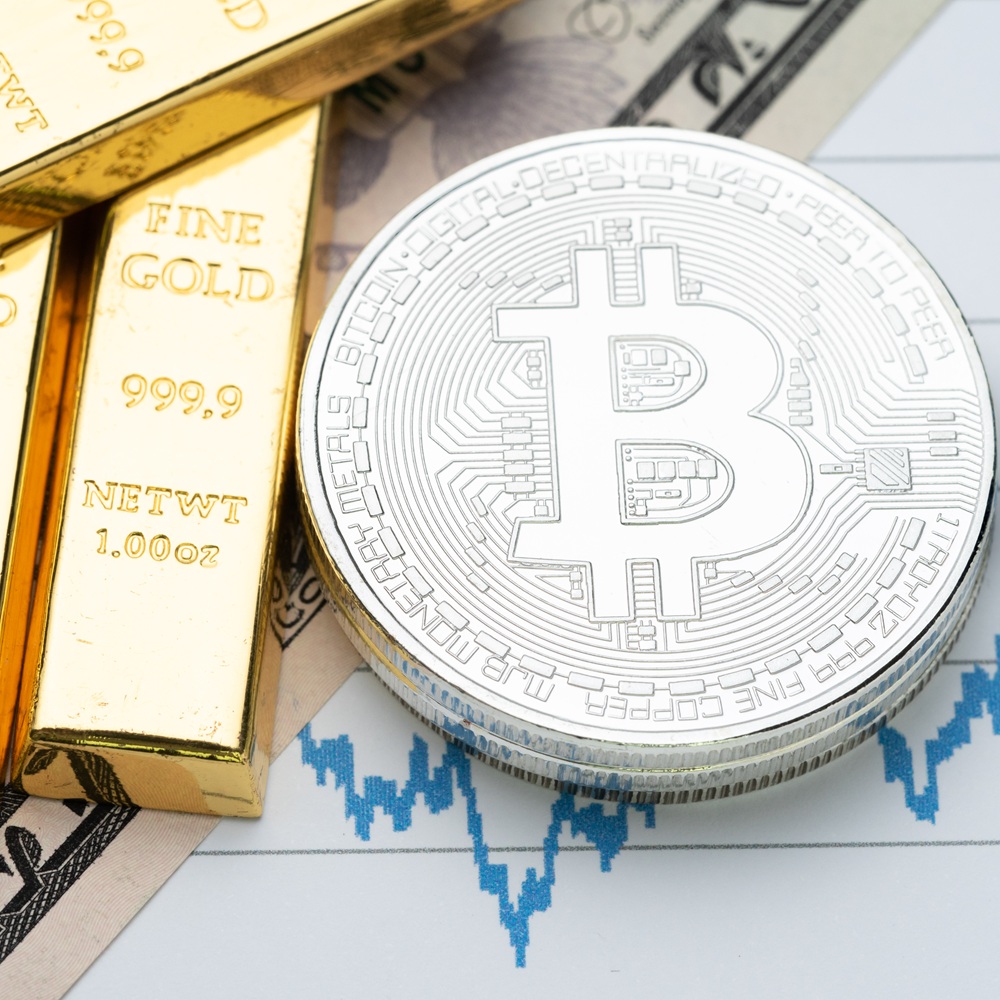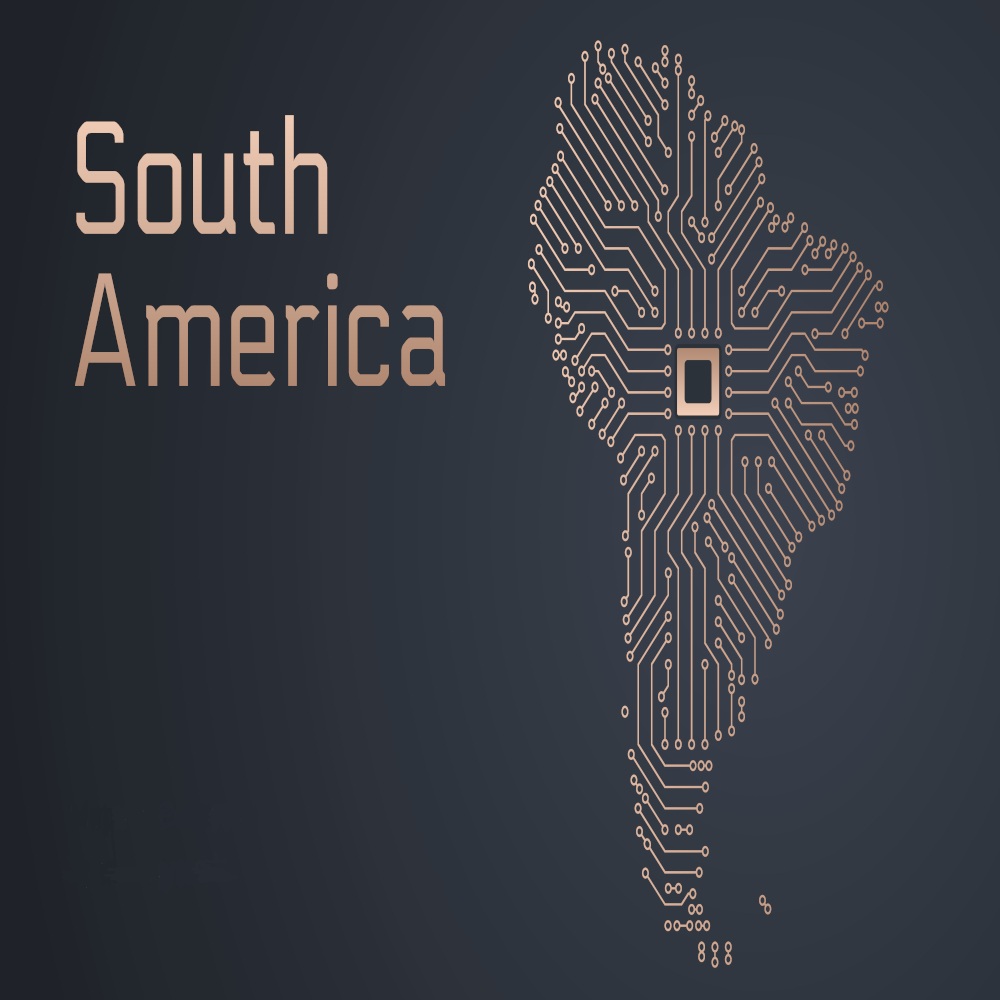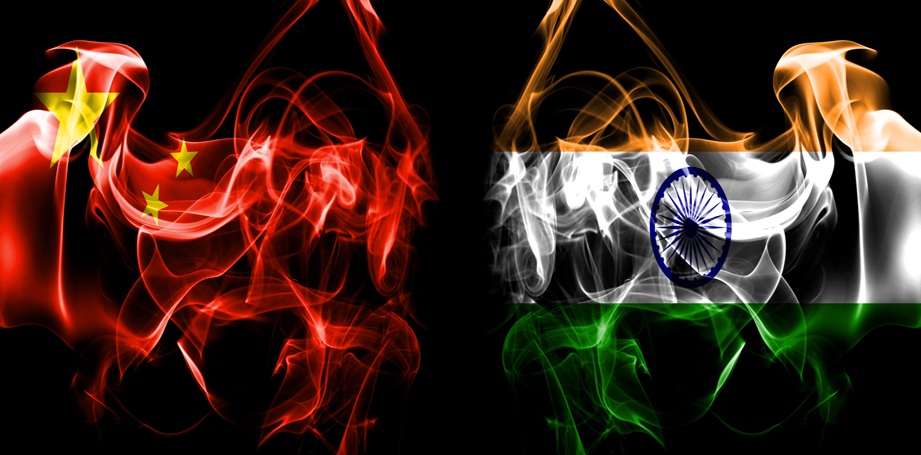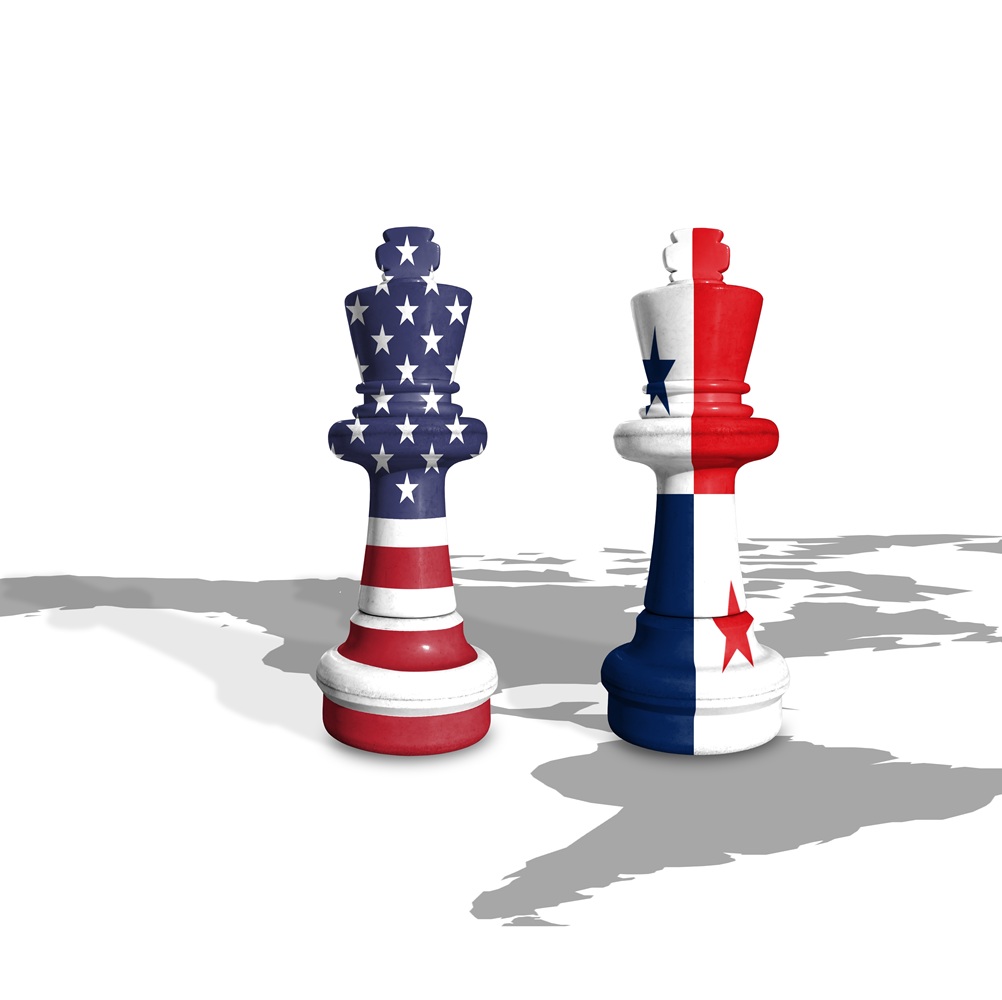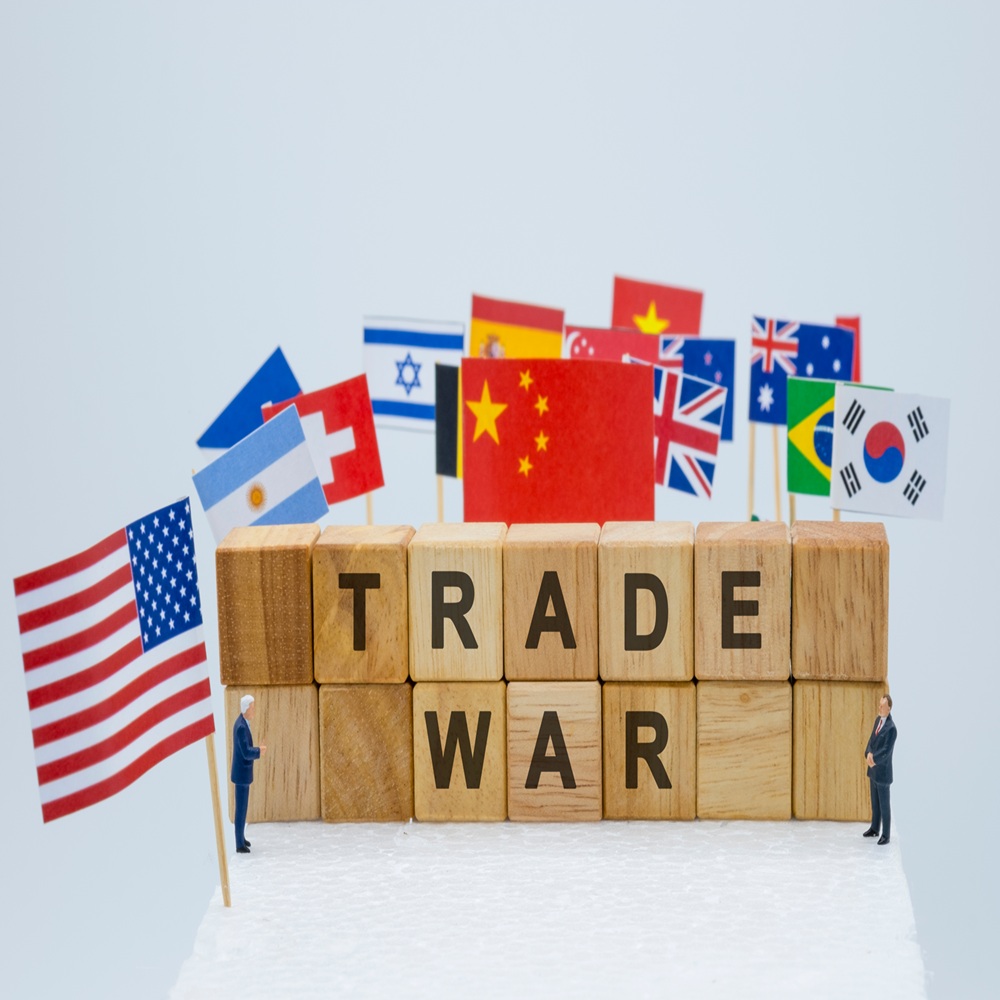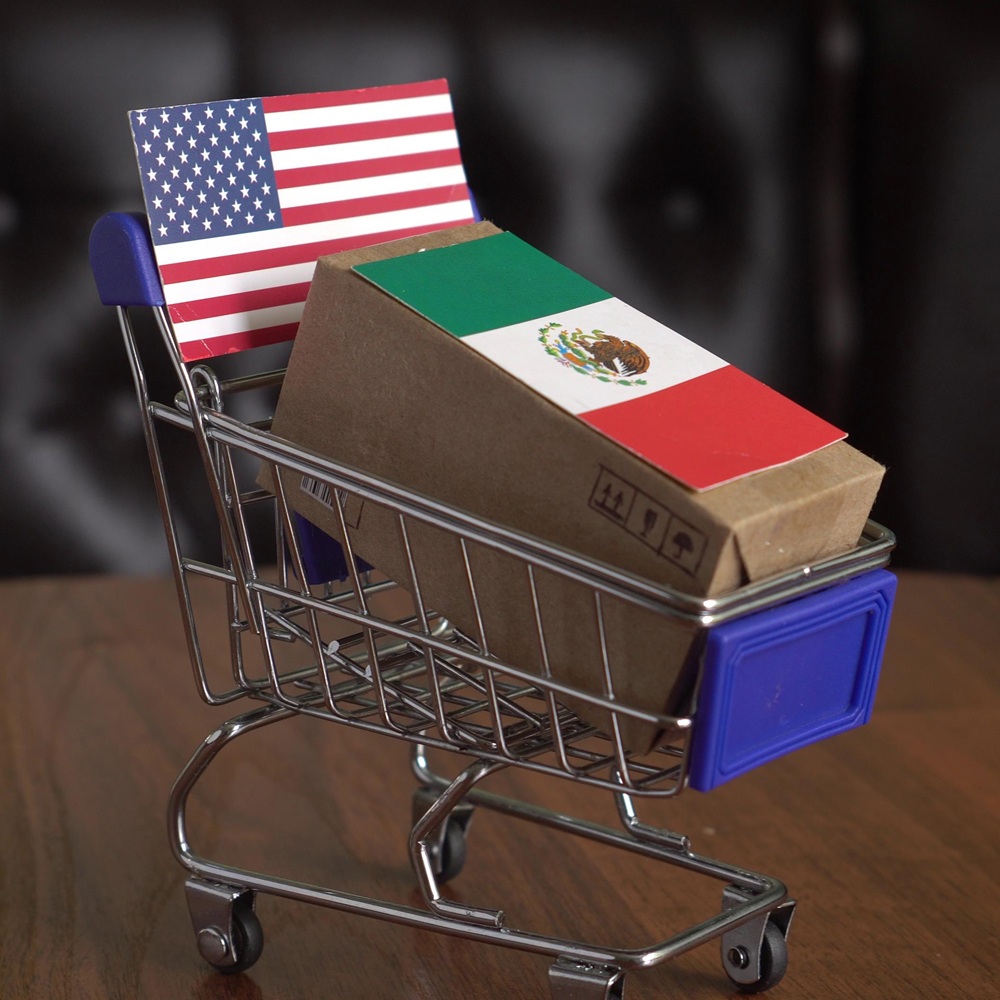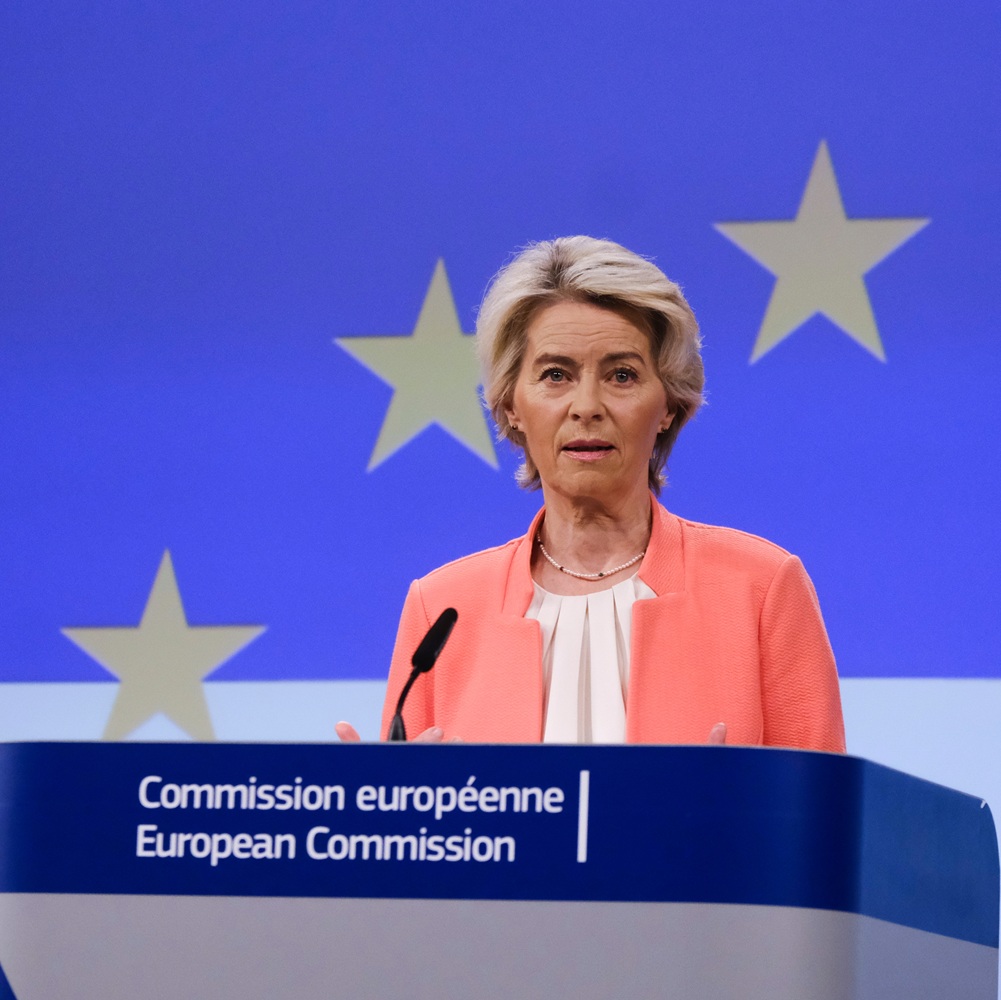
BRICS and De-Dollarization as a Geopolitical Industrial Policy: Implications for Cuba, Venezuela, and Argentina
by Alberto Maresca
ABSTRACT This paper examines de-dollarization as a geopolitical industrial policy within the BRICS framework and its implications for Cuba, Venezuela, and Argentina. De-dollarization, a process aimed at reducing reliance on the US dollar, has gained momentum among BRICS nations as a response to economic sanctions, monetary sovereignty concerns, and external financial shocks, particularly following the 2008 global financial crisis. For Cuba and Venezuela, de-dollarization is necessary due to US sanctions, pushing them toward alternative financial mechanisms through BRICS partnerships. Cuba’s possible de-dollarization follows increased ties with Russia, China, and Iran. Regarding Venezuela, despite its partial dollarization, Caracas seeks to strengthen non-dollar transactions through oil trade. In contrast, under President Javier Milei, Argentina has rejected BRICS and continues to debate dollarization, reflecting the country’s historical and economic ties to the US dollar. The study highlights that de-dollarization is a State-led, multilateral process influenced by external economic conditions and geopolitical alignments. While Cuba and Venezuela actively integrate with BRICS to reduce dollar dependence, Argentina’s approach remains uncertain, shaped by ideological and financial considerations. Keywords: De-dollarization, BRICS, Cuba, Venezuela, Argentina INTRODUCTION De-dollarization is almost a synonym of BRICS. The reduction of US dollar dominance and the consequential dependence on it represent critical stakes for BRICS countries. Nonetheless, there are nuances and differences amongst BRICS members on monetary policies. Since the first summits (2009–2010), BRICS asserted the Global South’s need to prioritize trade in domestic currency and refrain from US dollar pegging. For initial members like China and Russia, as well as newly associated countries such as Iran and Cuba, Western sanctions are the main driver for de-dollarization. Instead, for Brazil, India, and the majority of most recent BRICS partners (primarily from Africa and Southeast Asia), de-dollarization means enhancing their monetary sovereignty, fostering domestic currencies’ value, and avoiding depending on US institutions: Treasury and Federal Reserve. De-dollarization pertains to monetary and public policies. Therefore, it is a state-led process. For this reason, it might be considered an industrial policy. It is necessary to outline that this article adopts the term geopolitical industrial policy for a State-led economic strategy that, unlike inward-oriented monetary or financial policies, is deeply intertwined with the outward-looking dimension of foreign policy. Hence, this work examines de-dollarization as a geopolitical industrial policy within the BRICS framework and its implications for Cuba, Venezuela, and Argentina. De-dollarization, a process aimed at reducing reliance on the US dollar, has gained momentum among BRICS nations as a response to economic sanctions, monetary sovereignty concerns, and external financial shocks, particularly following the 2008 global financial crisis. For Cuba and Venezuela, de-dollarization is necessary due to US sanctions, pushing them toward alternative financial mechanisms through BRICS partnerships. Cuba’s possible de-dollarization follows increased ties with Russia, China, and Iran. Regarding Venezuela, despite its partial dollarization, Caracas seeks to strengthen non-dollar transactions through oil trade. In contrast, under President Javier Milei, Argentina has rejected BRICS and continues to debate dollarization, reflecting the country’s historical and economic ties to the US dollar. The study highlights that de-dollarization is a State-led, multilateral process influenced by external economic conditions and geopolitical alignments. While Cuba and Venezuela actively integrate with BRICS to reduce dollar dependence, Argentina’s approach remains uncertain, shaped by ideological and financial considerations. It is undebatable that there are differences between usual industrial policies and de-dollarization. Indus-trial policies look inward, are fashioned upon domes-tic matters, and contradict, court, multilateral efforts. De-dollarization is a geopolitical industrial policy that looks outward, focusing on the role of a given country in the world economy. Without multilateralism, a State pursuing de-dollarization would quickly become a pariah. As a geopolitical industrial policy, de-dollarization owes its rationale to external shocks. It is safe to define de-dollarization as exogenously motivated. The 2008 global financial crisis (GFC) represented the critical external shock for BRICS members to escalate their de-dollarization objectives: “[E]specially since the 2008 global financial crisis, central banks of many countries have been trying to diversify their portfolios to shift away from the US dollar through liquidating holdings of US Treasuries and increasing other assets including the euro, yen, renminbi and gold.” (Li, 2023, p. 9). The 21st century wrought incentives to de-dollarization that finally sparked because of the GFC. However, the mainstream doubts surrounding de-dollarization involve its feasibility. There are no tools to objectively measure the status of de-dollarization or its future outcomes. Notwithstanding limitations, de-dollarization is increasingly attracting Global South economies. Specifically looking at Latin America, this work outlines how de-dollarization becomes an obligation for sanctioned countries: Cuba and Venezuela. The two ALBA governments mingled with BRICS for a long time,1 with Havana joining the forum in association and Venezuela almost on the same route, stopped by the Brazilian veto in the Kazan summit. Cuban and Venezuelan de-dollarization finds in BRICS a multilateral opportunity. The third country examined is Argentina since the government of Javier Milei refused to enter BRICS and continuously flirted with dollarizing the economy. From President Menem’s pegging to the US dollar (uno a uno) to the 2001 Corralito, Argentina’s recent economic history inevitably rests on currency issues (IMF, 2003). Unlike Venezuela, and on the contrary of Cuba (which is not part of the IMF), Argentina’s economic policies intertwine with Bretton Woods institutions. That might be the reason why neoliberal Argentinian economists found in dollarization a solution for Buenos Aires (Cachanosky et al., 2023). 1. Force Majeure De-Dollarization for Cuba and Venezuela Since 1999, when Fidel Castro and Hugo Chávez coincided, de-dollarization meant an industrial foreign policy to antagonize US hegemony. In Cuba, de-dollarization is a more difficult process than usual assumptions and certainly more challenging than in Venezuela. 2004 marked the year when the US dollar was officially prohibited on the Caribbean Island, to reverse the dual currency system implemented since the Special Period (Herrera & Nakatani, 2004). The extra-territoriality of US sanctions, affecting in their secondary effect Cuba’s trade, led Havana to a de-dollarization fashioned upon the path that Deligöz (2024) identified for China and Russia. Besides realpolitik and geopolitical strategies, Cuba’s association with BRICS, occurred in October 2024, is the la-test effort to de-dollarize. Venezuela’s economic crises and COVID-19 pushed Cuba into continuous indebtedness to survive, with US dollars reallowed but still at limited provision due to Washington’s restrictions (Luis, 2020). To give account of its urgencies, in a few months, Havana moved from apparent dollarization to initiatives for de-dollarization, thanks to BRICS. Over the summer, Primer Minister Manuel Marrero enabled USD payments in the tourist sector (Gámez Torres, 2024) to tackle the balance of payments deficit with liquidity. For a country obliged to rapidly change industrial policies, the BRICS opportunity could not be mis-sed. Cuba’s reliance on Russia, China, and Iran may materialize a complete de-dollarization that can favor BRICS projects and escape US sanctions. Of course, the evident permanence of the bloqueo, regardless of who runs the White House, is the main driver for Cuba’s de-dollarization. A similar but quite nuanced situation applies to Venezuela as well. From the Bolivarian era inaugurated by President Chávez, de-dollarization entangled foreign policy objectives even before US sanctions. The Sucre digital currency was created by the governments of Venezuela and Ecuador as the main ALBA initiative to de-dollarize commercial transactions among Bolivarian nations (Benzi et al., 2016). ALBA-promoted Sucre was analogous to BRICS’ favoring of blockchains and digital currencies, limiting the USD to a reference value for the bloc’s transactions (Mayer, 2024). US sanctions on Venezuela’s oil production, sparked under the first Trump Administration, meant a significant remotion of USD-denominated transactions for Caracas. Considering ALBA’s slow progress and the infeasibility of fully adopting the Sucre, President Maduro had to look at BRICS for solutions. Despite not having diplomatic relations with Washington, Venezuela is still an IMF member. Ladasic points out that “[a]s Venezuela joined the pack of countries trading oil outside of USD and has instead priced it in Chinese yuan, BRICS together with Venezuela already have 16% needed for IMF veto power to use in a crisis” (2017, p. 100). The rentier characterization of the Venezuelan economy and its dependency on oil exports make de-dollarization a necessity. As per Cuba, unilateral policies are not enough. Venezuela’s outcry merged with inflation, the devaluation of the bolívar, and a paralysis of the Venezuelan Central Bank (BCV) that put total dollarization on the industrial-public policies’ table (Briceño et al., 2019). Although the country is still under a sort of de facto dollarization, Venezuela’s economic resurrection should occur together with a de-dollarization strategy. Failure to enter BRICS in the Kazan summit provides a temporary brake to Venezuela’s de-dollarization, but the prolific trade with China, Russia, Iran, and Türkiye will, in all cases, align Venezuela with BRICS policies. 3. Argentina: De-Dollarizing a Passion Economists were surely interested in Javier Milei’s dollarization claims. Less than a year into his government, dollarization seems impossible to the libertarian president. Milei’s negative to BRICS demonstrates that de-dollarization is currently not considerable for Casa Rosada. Nevertheless, it is relevant to outline that Argentinian academia questioned the role of the USD and studied economic policies involving de-dollarization. Corso and Sangiácomo (2023), in affiliation with the Central Bank of Argentina (BCRA), argued that de-dollarization might help in relieving the extreme inflation saw under Alberto Fernández’s ruling. Other authors implied that the Kirchners’ limitations on USD access would lead to a gradual de-dollarization of the economy, but with constraints particularly from a USD dominated housing market across Latin America (Luzzi, 2013). If under the Kirchners, and with support of South American left-leaning geopolitics, de-dollarization could really offer a pathway for the Argentine economy, with Milei that is barely an option. The Argentine relation with the USD does not hold a clear ideological cleavage. Argentinians’ passion for the dollar, as stressed by Bercovich and Rebossio (2013), embraced diverse political figures such as Perón, Aníbal Fernández (a prominent Kirchnerist politician), and Martínez de Hoz. The peso’s continuous instability legitimized the widespread informal adoption of the USD, with first insight fore-seeable in the currency devaluation subsequent to the Great Depression (Díaz Alejandro, 1970). There is also a nationalistic meaning behind the peso, whose national heroes imprinted, from Belgrano to Evita (Moreno Barreneche, 2023), portray a sentimental attachment to the banknotes that Argentinians do not want to erase. In sum, Argentina’s de-dollarization is as difficult as dollarization. Milei’s obsession for US hegemony inserts de-dollarization in a faraway scenario. Moreover, Donald Trump’s victory, who promised high tariffs to countries that unpeg from the USD (Butts, 2024), constitutes a natural barrier to de-dollarization. Its political viability might depend on an eventual Peronist succession to Milei. Argentina’s financial closeness to China, and a possible resume of BRICS talks, could indicate de-dollarization as a future last resort. In this sense, de-dollarization within the BRICS framework might help Argentina in solving structural issues: Chronic external debt and dependency on Bretton Woods institutions. CONCLUSIONS De-dollarization is State-led and can be considered a geopolitical industrial policy. Cuba, Venezuela, and Argentina show that de-dollarization depends on geopolitical calculus and economic considerations. The incentives may be different, ranging from US sanctions to devaluation of the national currency. However, unlike dollarization, de-dollarization cannot be pursued unilaterally. The rise of BRICS motivates Global South countries to de-dollarize under its guarantees. For Cuba and Venezuela, the association with BRICS and the interdependence with other sanctioned economies like Russia, China, and Iran, make de-dollarization an opportunity. Argentina’s relation with the USD follows its turbulent economic history. Simultaneously, there is passion for dollars and nationalism toward the peso banknotes. In this context, even Milei showed that dollarization is in no way easier that de-dollarization. The currency issues affecting Argentina might not be resolved by neither of the two policies, but a future BRICS collaboration could bring de-dollarization again into the political debate. NOTES1 ALBA references the Alianza Bolivariana para los Pueblos de Nuestra América, a regional organization founded by Cuba and Venezuela, including Bolivia, Honduras, Nicaragua, and several Caribbean islands. It was created in 2004 under the auspices of Hugo Chávez.REFERENCESBenzi, D., Guayasamín, T., & Vergara, M. (2016). ¿Hacia una Nueva Arquitectura Financiera Regional? Problemas y perspectivas de la cooperación monetaria en el AL-BA-TCP. Revista Iberoamericana de Estudios de Desarrollo, 5(1), 32–61. https://doi.org/10.26754/ojs_ried/ijds.193. Bercovich, A., & Rebossio, A. (2013). Estoy verde: Dólar, una pasión argentina. Aguilar.Butts, D. (2024, September 9). Trump’s vow of 100% tariffs on nations that snub the dollar is a lose-lose for China and U.S., economist says. CNBC. https://www.cnbc.com/2024/09/09/economist-calls-trumps-threat-to-tariff-countries-that-shun-the-dollar-a-lose-lose.html. Cachanosky, N., Ocampo, E., & Salter, A. W. (2023). Les-sons from Dollarization in Latin America. Free Market Institute Research Paper No. 4318258, AIER Sound Money Project Working Paper No. 2024-01. https://doi.org/10.2139/ssrn.4318258. Corso, E. A., & Sangiácomo, M. (2023). Financial De-dollarization in Argentina: When the wind always blows from the East. BCRA Economic Research Working Paper No. 106. https://www.econstor.eu/handle/10419/297801.Deligöz, H. (2024). The Exorbitant Privilege of US Extra-territorial Sanctions. İnsan ve Toplum, 14(3), 29–52. https://dergipark.org.tr/en/pub/insanvetoplum/is-sue/86942/1543025. Díaz Alejandro, C. F. (1970). Essays on the Economic His-tory of the Argentine Republic. Yale University Press.Gámez Torres, N. (2024, July 18). Cuba moves to ‘partially’ dollarize economy as government struggles to make payments. Miami Herald. https://www.mia-miherald.com/news/nation-world/world/americas/cuba/article290210784.html. Herrera, R., & Nakatani, P. (2004). De-Dollarizing Cuba. International Journal of Political Economy, 34(4), 84–95. https://www.jstor.org/stable/40470915. Hurtado Briceño, A. J., Zerpa de Hurtado, S., & Mora Mora, J. U. (2019). Dollarization or Monetary Independence? Evidence from Venezuela. Asian Journal of Latin American Studies, 32(4), 53–71. https://doi.org/10.22945/ajlas.2019.32.4.53. IMF. (2003, October 8). Lessons from the Crisis in Argen-tina. Ladasic, I. K. (2017). De-Dollarization of Oil and Gas Trade. International Multidisciplinary Scientific Geo-Conference, 17, 99–106. https://doi.org/10.5593/sgem2017H/15. Li, Y. (2023). Trends, Reasons and Prospects of De-Dollarization. South Centre Research Paper No. 181. https://www.econstor.eu/handle/10419/278680. Luis, L. R. (2020, October 7). Cuba: Dollar Crunch, Dollarization and Devaluation. Cuba Capacity Building Project. https://horizontecubano.law.columbia.edu/news/cuba-dollar-crunch-dollarization-and-deva-luation. Luzzi, M. (2013). Economía y cultura en las interpretaciones sobre los usos del dólar en la Argentina. In A. Kaufman (Ed.), Cultura social del dólar (pp. 11–19). UBA Sociales. https://publicaciones.sociales.uba.ar/index.php/socialesendebate/article/view/3319.Mayer, J. (2024). De-Dollarization: The Global Payment Infrastructure and Wholesale Central Bank Digital Currencies. FMM Working Paper No. 102. https://www.econstor.eu/handle/10419/297865. Moreno Barreneche, S. (2023). El dinero como soporte material de la disputa por el sentido de la nación: Estudio del peso argentino desde una perspectiva semiótica. Estudios Sociales: Revista Universitaria Semestral, 64, 1–19. https://doi.org/10.14409/es.2023.64.e0046. CONFLICT OF INTERESTThe author declares that there are no conflicts of interest related to the article.ACKNOWLEDGMENTS Not applicable.FUNDING Not applicable.PREPRINT Not published.COPYRIGHT Copyright is held by the authors, who grant the Revista Política Internacional the exclusive rights of first publication. Authors may enter into additional agreements for non-exclusive distribution of the version of the work published in this journal (e.g., publication in an institutional repository, on a personal website, publication of a translation or as a book chapter), with the acknowledgment that it was first published in this journal. Regarding copyright, the journal does not charge any fee for the submission, processing, or publication of articles.









